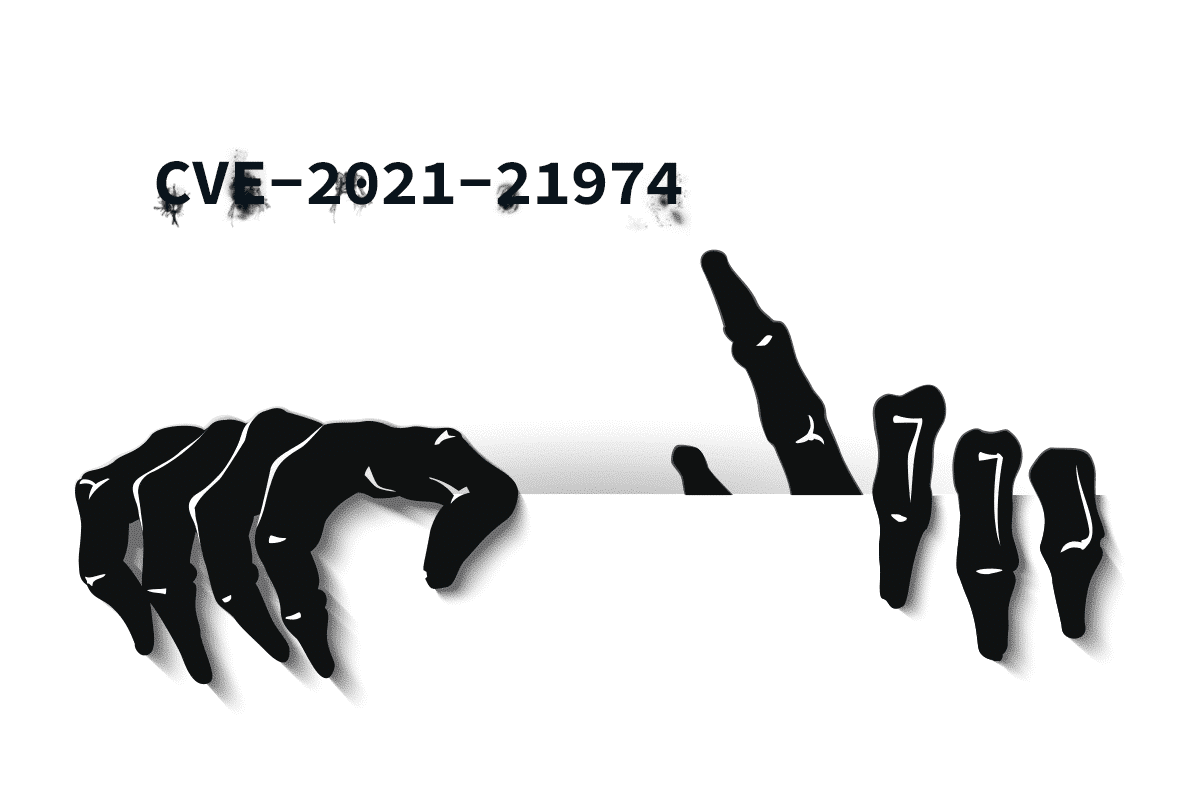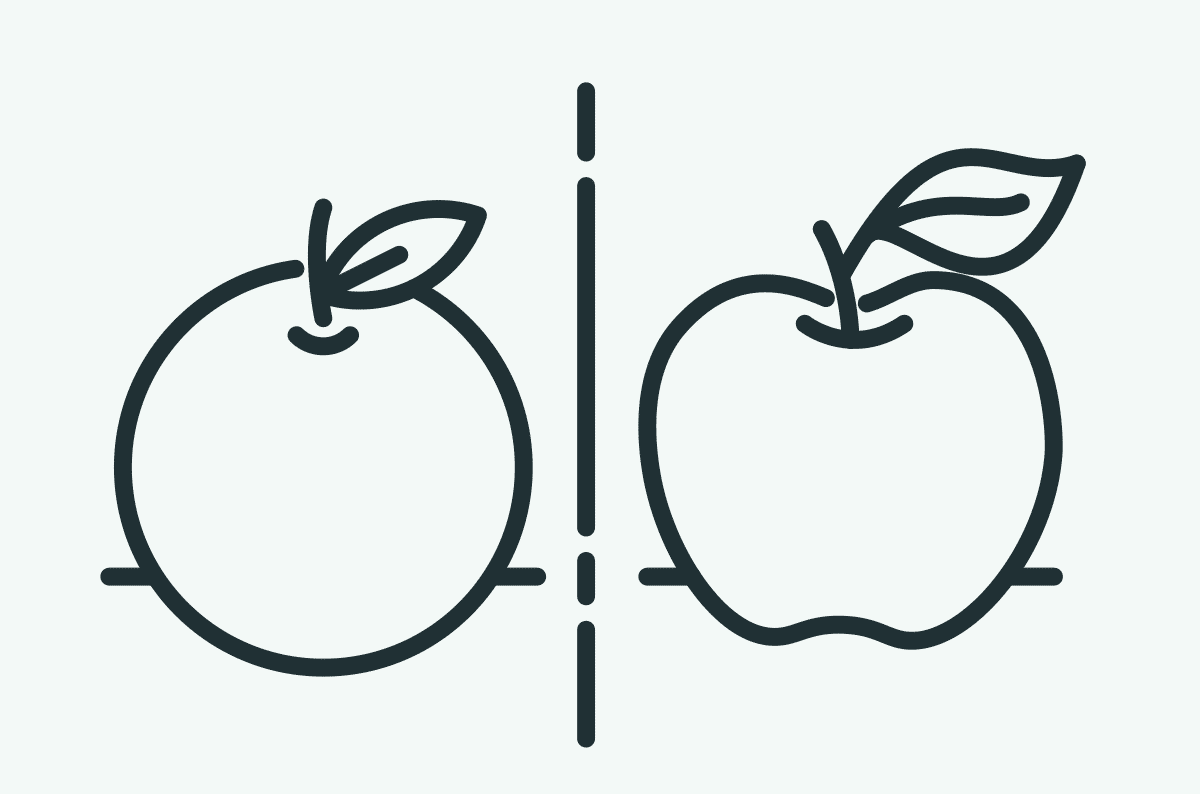Home Archives for Robin Johns
- SASE
- Platform
- Platform Architecture
- Core Components
Converged single pass processing, purpose built global cloud service, and open data platform.
- Design Principles
360-degree visibility and control, autonomous life cycle and posture management, gradual low risk deployment, and universal management.
- AI and Machine Learning
AI/ML for threat intelligence and unclassified application identification, ML engines for threat prevention and incident criticality, ML models for device classification, and GenAI for productivity.

- Core Components
- Platform Capabilities
- Platform Features
- Platform Architecture
- Security
- Use Cases
- Customers
- Partners
- Managed Services
- Company
- Resources
- SASE
- Platform
- Platform Architecture
- Core Components
Converged single pass processing, purpose built global cloud service, and open data platform.
- Design Principles
360-degree visibility and control, autonomous life cycle and posture management, gradual low risk deployment, and universal management.
- AI and Machine Learning
AI/ML for threat intelligence and unclassified application identification, ML engines for threat prevention and incident criticality, ML models for device classification, and GenAI for productivity.

- Core Components
- Platform Capabilities
- Platform Features
- Platform Architecture
- Security
- Use Cases
- Customers
- Partners
- Managed Services
- Company
- Resources

Robin Johns
A life-long Educator and Enabler, Robin Johns, Cato's Knowledge and Training Director, has a passion for all things tech. Robin has previously worked in the fields of WAN Optimization, Network Monitoring, Capacity Analysis, Digital Experience Management and Protocol Simulation. From Packets and Flows to things nobody knows, Robin wants to learn about it all.

Building a Secure Digital World, One Block at a Time


Evaluating SASE Vendors? Here’s Why You Should Compare Apples and Oranges
Innovate, grow and thrive
With a true SASE platform
With Cato, any organization can reap the full benefits of digital transformation, move at the speed of business, and be ready for whatever’s next.








